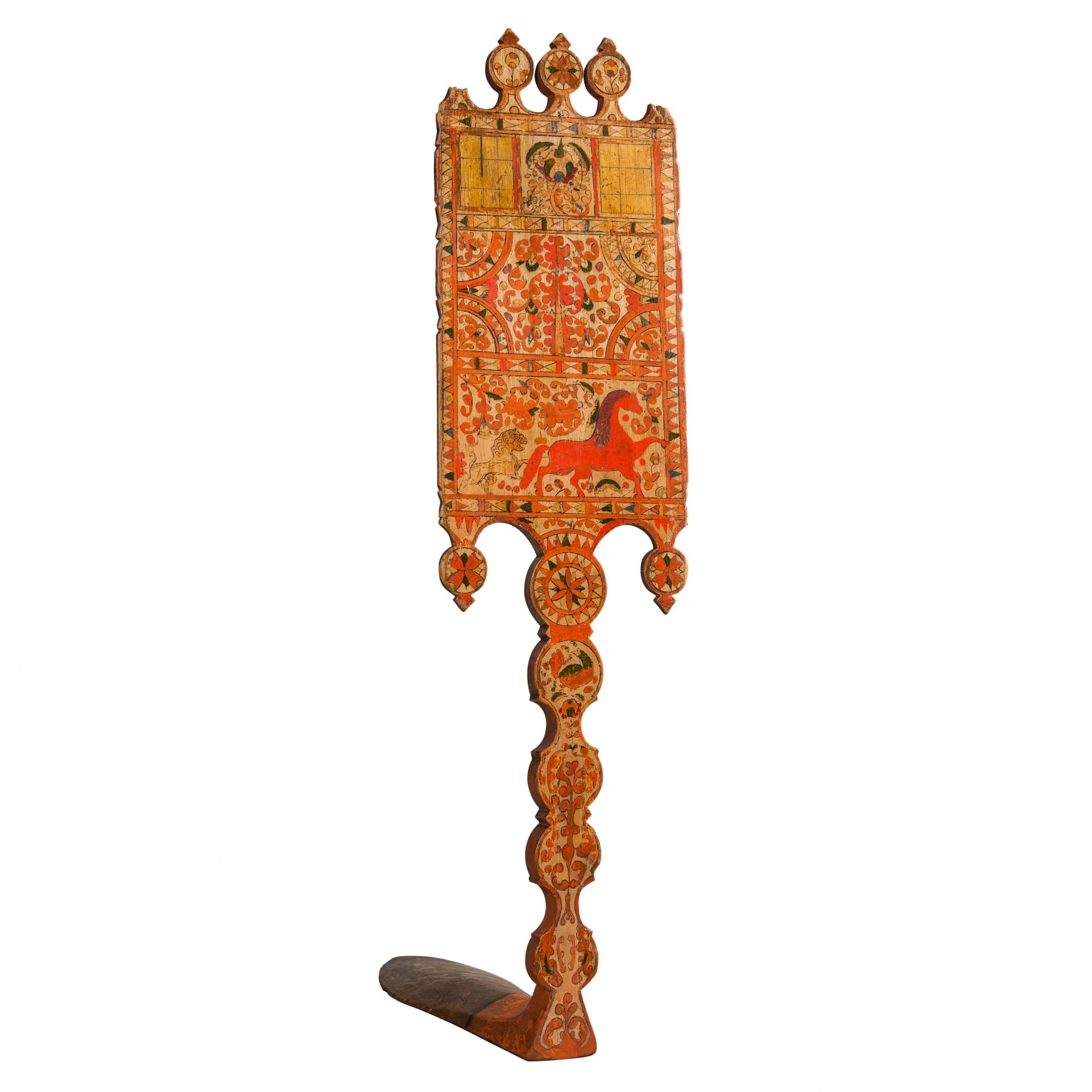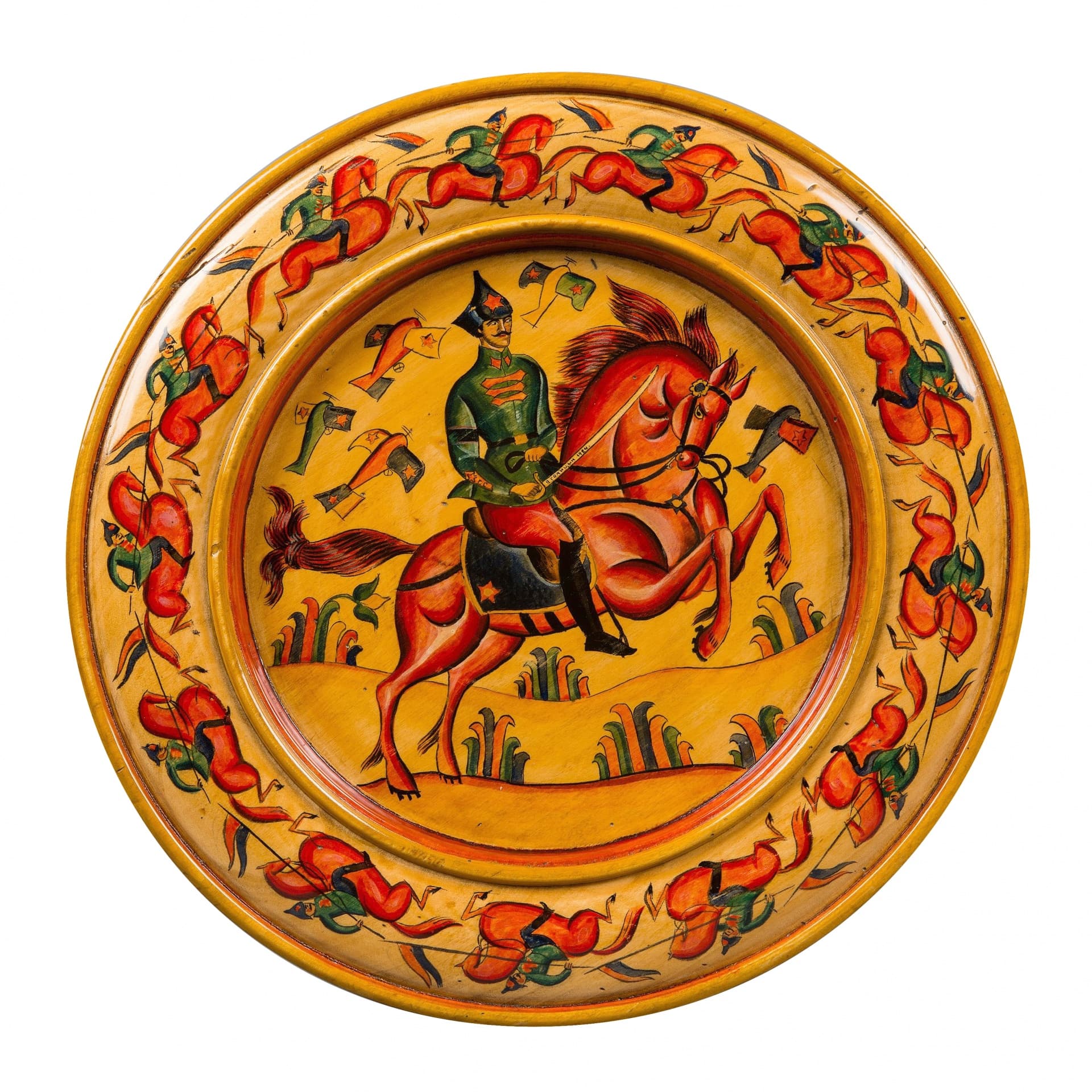Within the department the storage is carried out by collections, which are divided according to the principles of object typology, time and place of their creation. This makes it possible to systematize a wide variety of materials. These include folk art, decorative objects (before 1917 and after), icons and ritual sculptures, works from Russia and the CIS, furniture and interior décor, collections of joinery and carpentry tools as well as artistic carved bone.
The basis of the wooden and bone department's collection was formed in 1981 by donations from the State Historical Museum and the State Russian Museum. The department's staff regularly went on expeditions to the Vologda Region, bringing back peasant utensils and elements of home decoration. Since its inception, the department has worked extensively with contemporary artists and craftsmen, as well as private collectors. Many first-class objects entered the department's collection after personal exhibitions of applied artists. This has made it possible to build up a substantial collection in a short period of time.
In 1999, by order of the Government of the Russian Federation, a collection of the Museum of Folk Art was transferred to our museum. From the moment of its formation, the Museum of Folk Art considered wood and bone objects to be one of the main areas of its collection. The basis of the collection was formed by items displayed at the All-Russian Art and Industry Exhibition in Moscow in 1882. It also included items of peasant art donated to the Museum by Sergei Timofeyevich Morozov. In 1919, the collection of Maria Fyodorovna Yakunchikova and Natalia Yakovlevna Davydova, including cloth printing boards and household items, were transferred to the Artisanal Museum.
Throughout its history, the Museum of Folk Art's wood and bone collection has been enriched by the works of artists who cooperated with the Museum in the 1920s and 1930s, experimental pieces developed in the middle of the last century by workers of the Art Industry Research Institute in cooperation with applied craftsmen, items received after numerous exhibitions, and valuable gifts and purchases. Khokhloma painting, Bogorod carving and Unzukul carving are particularly well represented in the museum's collection.
Nowadays, the museum continues to work with contemporary artists, collectors and donors, which allows us to expand and enhance the collection of the wood and bone department.









